Apple’s China Problem
Logistics Viewpoints
JANUARY 30, 2023
Afterall, port congestion has cleared, transportation costs have gone down, we are seeing far fewer product shortages, and the looming recession will likely take some of the pressure off hiring and retention woes. By October 2010, Foxconn’s factories in Shenzhen alone had as many as 500,000 workers. This is disingenuous at best.



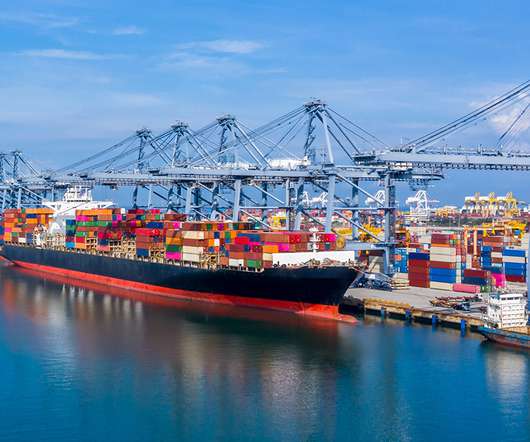

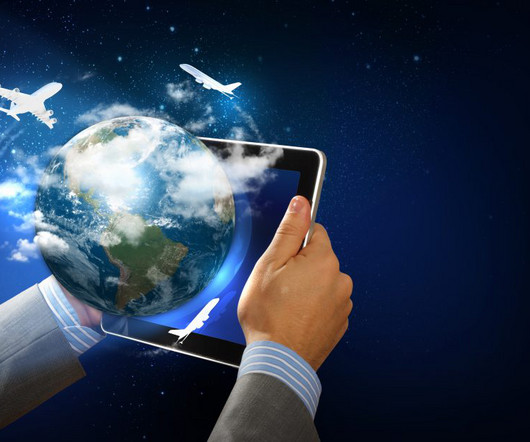
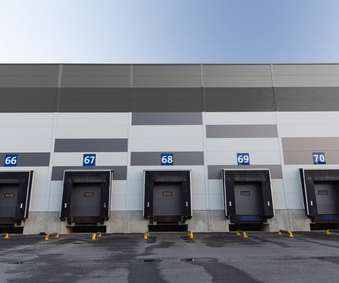
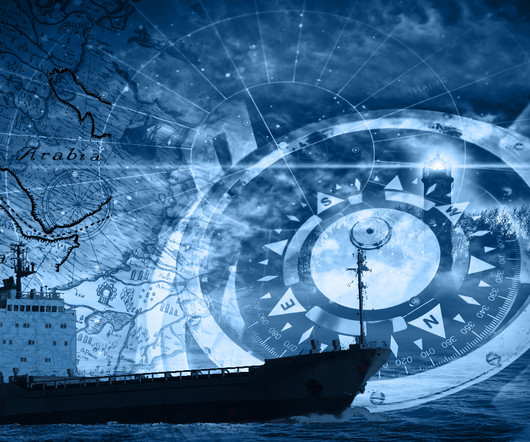





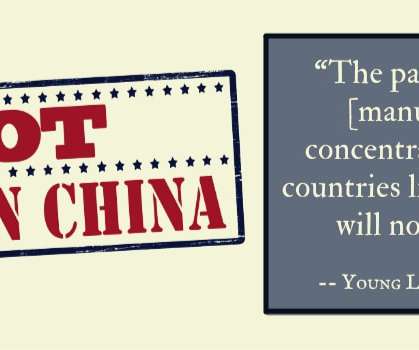
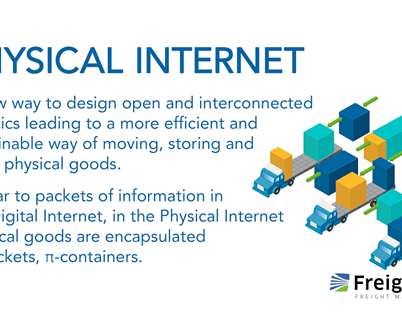

















Let's personalize your content